Some of science's most stunning and intricate images have been brought together in an exciting new book by acclaimed scientist and photographer Anand Varma.
Filled with breathtaking images from the cutting edge of science photography, Invisible Wonders: Photographs of the Hidden World highlights some of the most iconic and technically advanced images of recent years.
From the microscopic to the cosmic, from minuscule elements to mountain ranges, this book shows us our world in brand-new ways.
Invisible Wonders is packed with 200 images reproduced in exquisite detail which we would happily spend hours studying.
Somehow we have managed to choose some of our highlights from this book and share them with you in this sneak peek gallery.
You are having a snow bubble
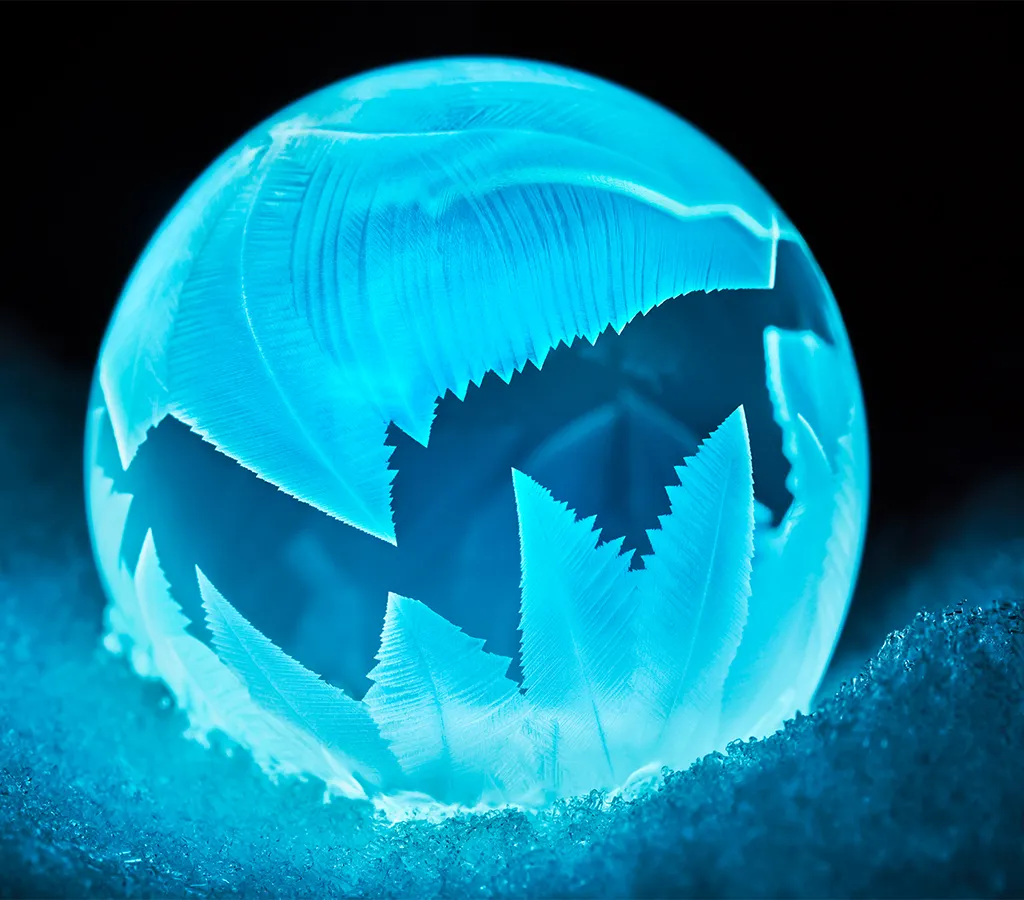
With the beetle
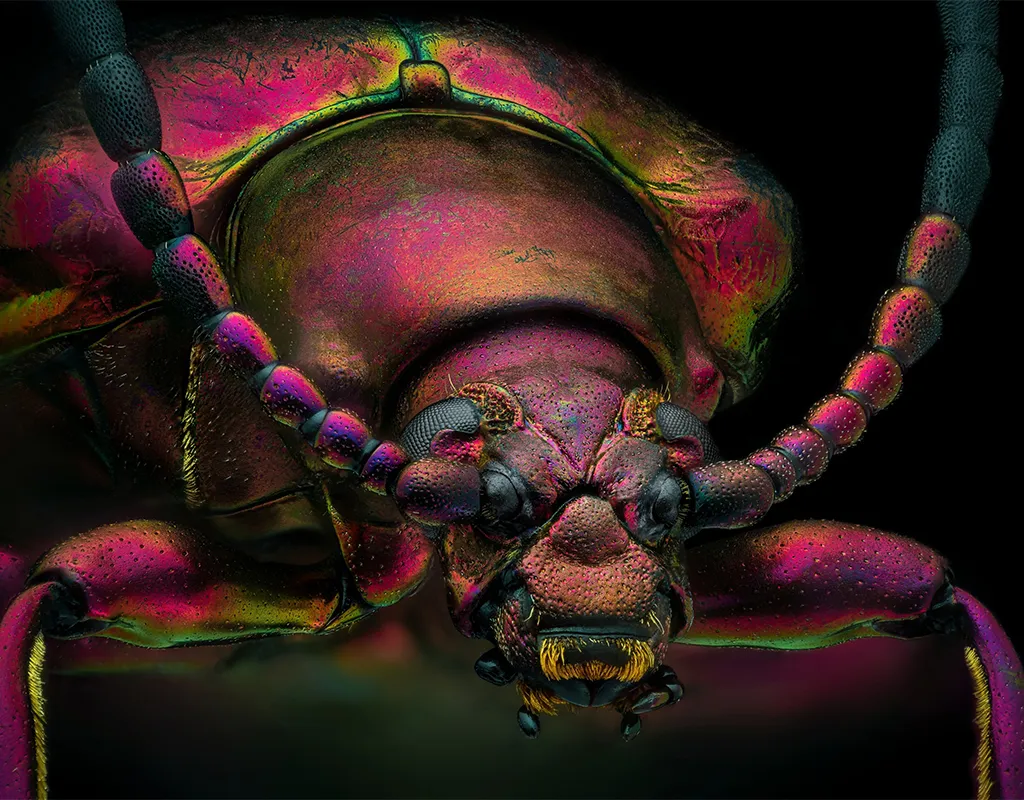
The frogged-legged beetle has iridescent skin and can grow up to 50mm in length. The males tend to be much larger than the females, but all have super-powerful hind legs which they use to cling on to stems of plants while feeding.
Heading up towards the Milky Way
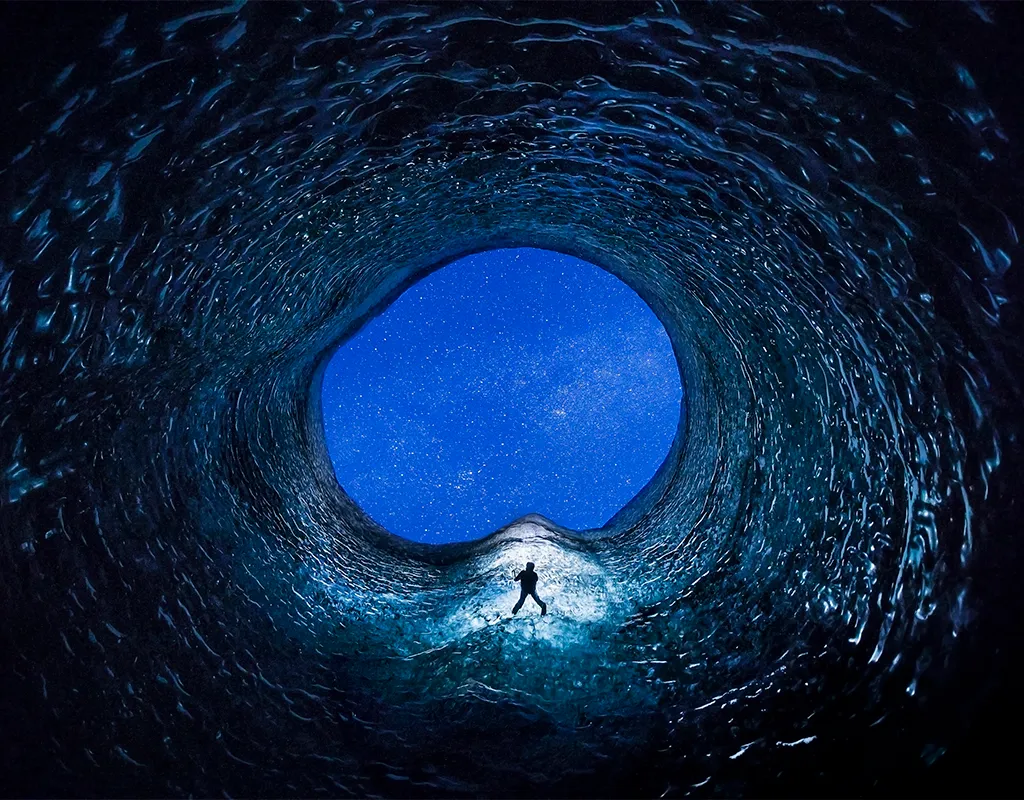
The Breiðamerkurjökull glacier is an outlet from Iceland's largest glacier, Vatnajökull. Because of its stunning scenery, it is a major tourist destination in Iceland, with tourists flocking to see the ice caves in large numbers.
The name 'Breiðamerkurjökull' means 'wide woodland glaciers' in Icelandic, although over the past 50 years or so it has been progressively retreating and shrinking in size.
We are all made of stars
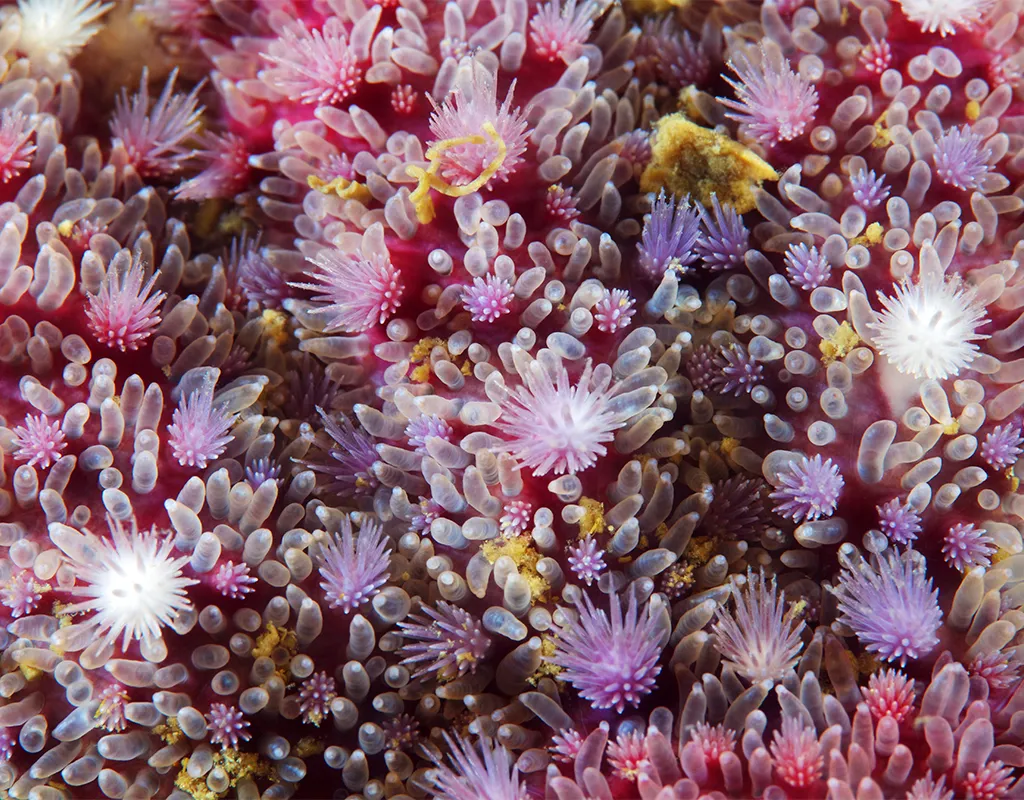
Water bear essentials
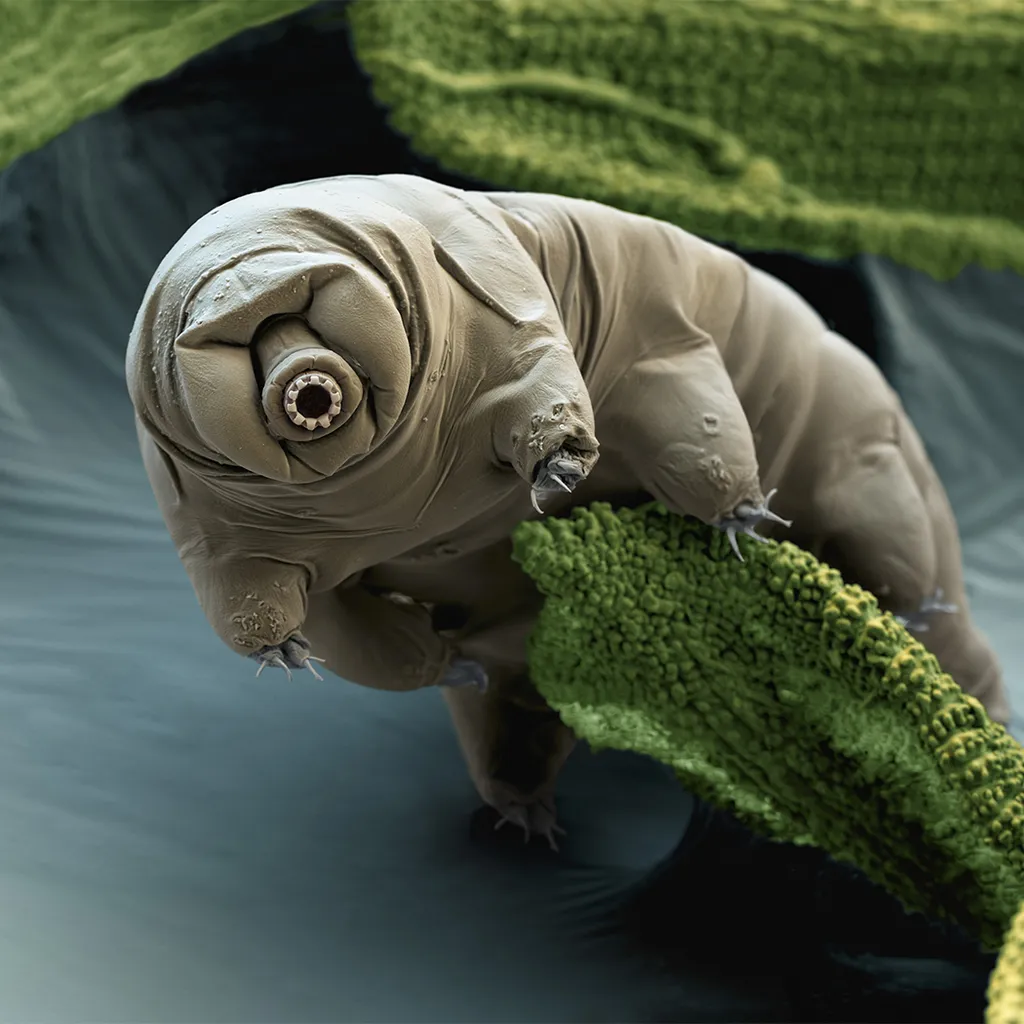
This image of a tardigrade shows how small these creatures are, once you know that it is standing on a small patch of moss. These creatures are less than 1mm long, and require a thin layer of water around their bodies at all times to prevent dehydration.
Salt of the Earth
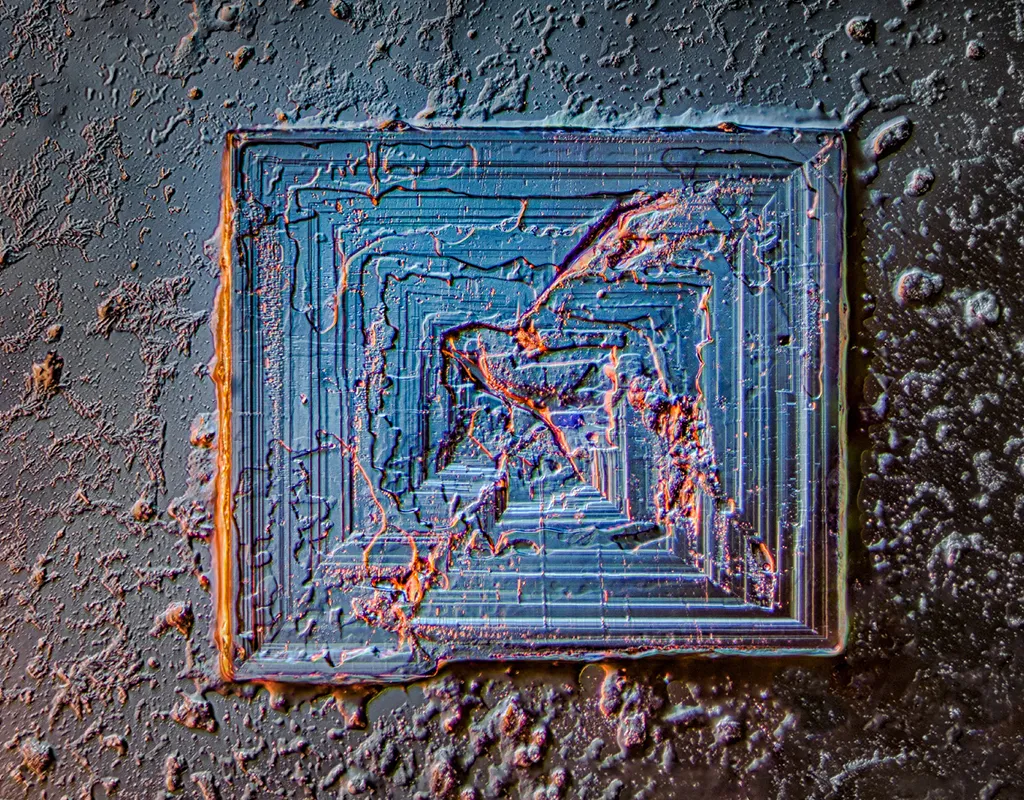
Read more:
What does a fish keep in their lunchbox?
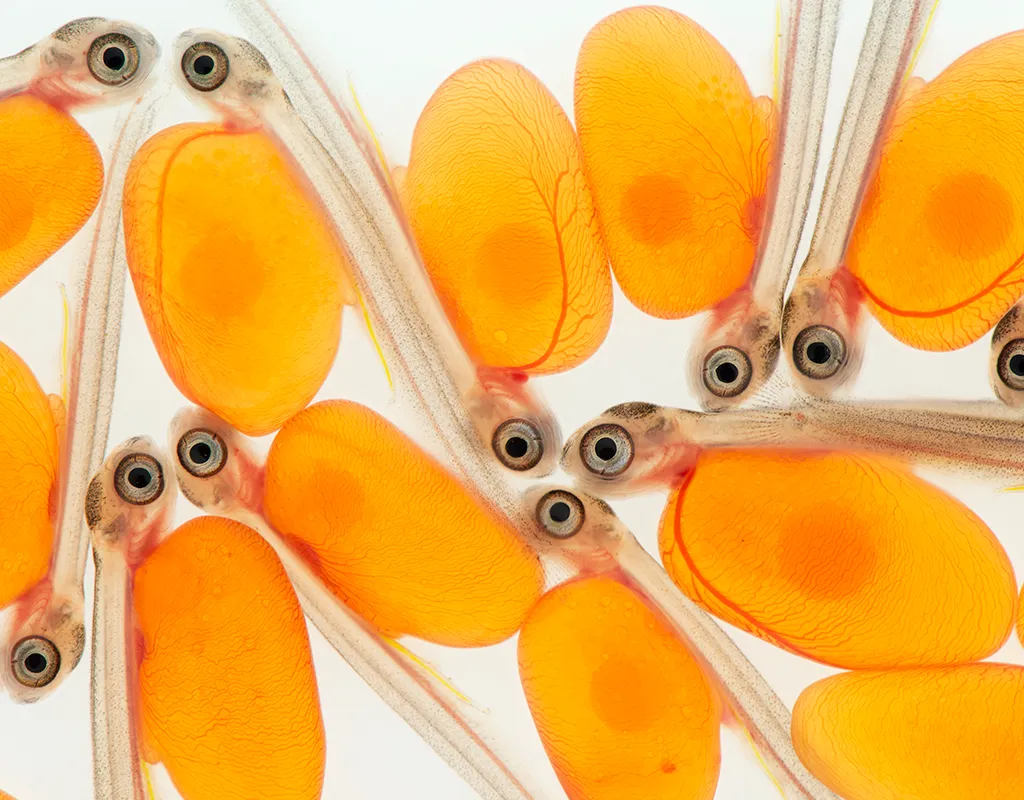
Newly hatched salmon are called alevins. At this stage of their lives, the young fish retain the egg's yolk sac as a nutrient-rich 'lunch bag' that is eventually absorbed. Alevins are about 25mm in size and remain hidden until they emerge in streams as fry and look like small fish.
The fry grows into smolts, leaving their freshwater streams, and entering the ocean where rich marine food sources allow them to grow rapidly. Mature adults always return to their freshwater birth streams to spawn the next generation of salmon.
Chicken Little
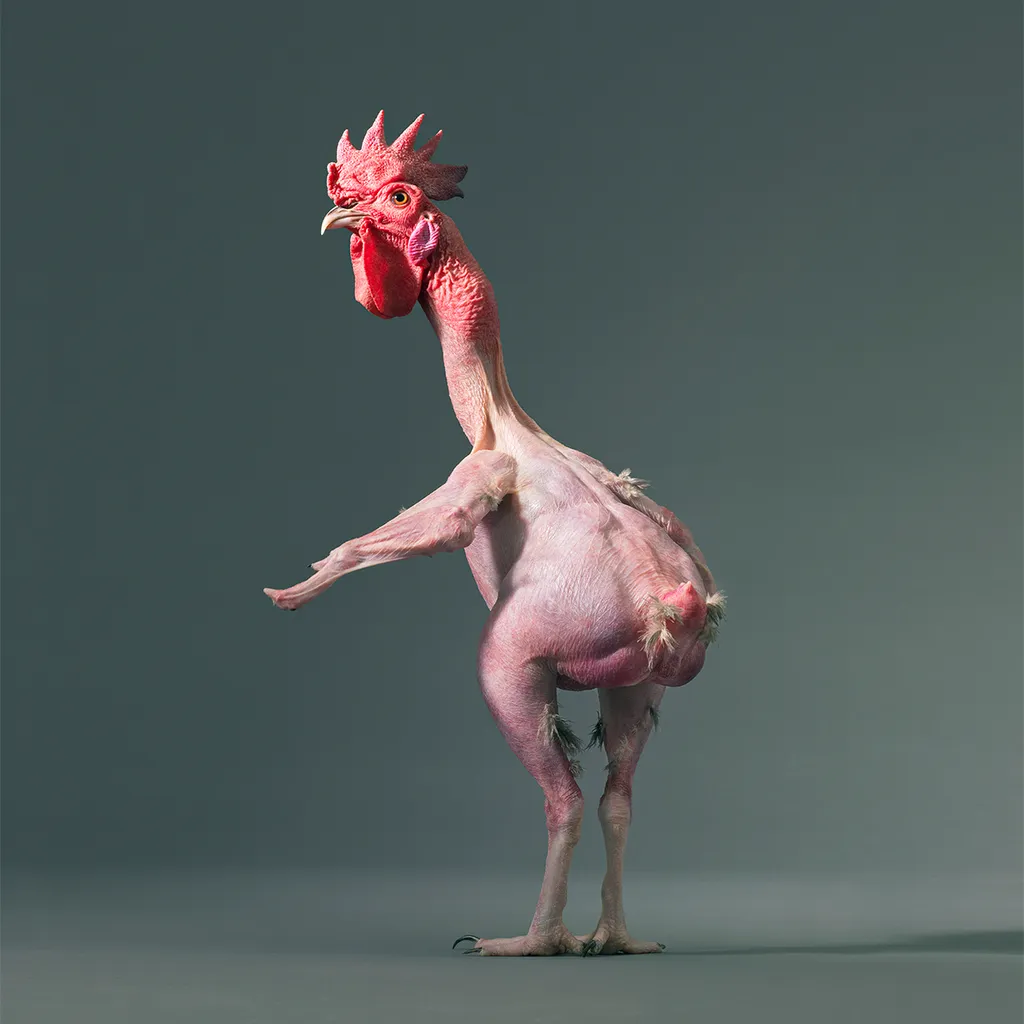
Read More:
- Little wonders from the Nikon Small World Photography Competition
- Mini but mighty creatures up close
- Sea slugs: 8 photos of the other-worldly creatures found here on Earth
Anchors away!
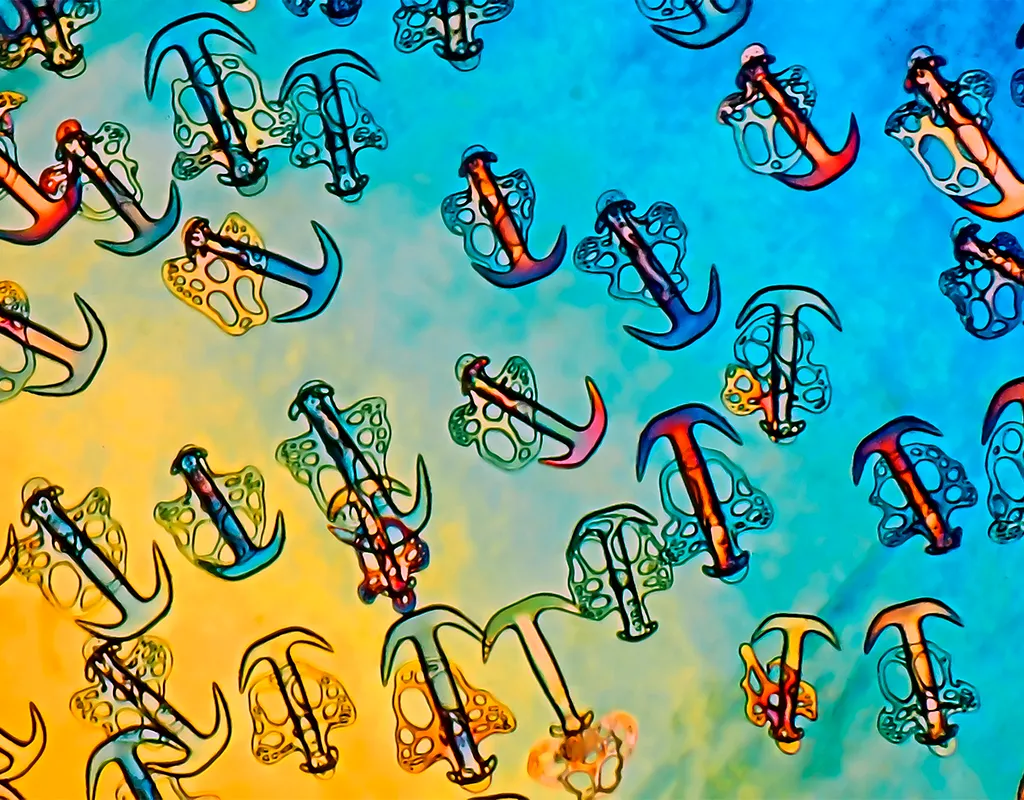
Sea cucumbers, also known as synaptids, have what resemble small anchors on their skin. These are known as ossicles, which provide protection from predators and also help the creature to burrow.
Spot the seals
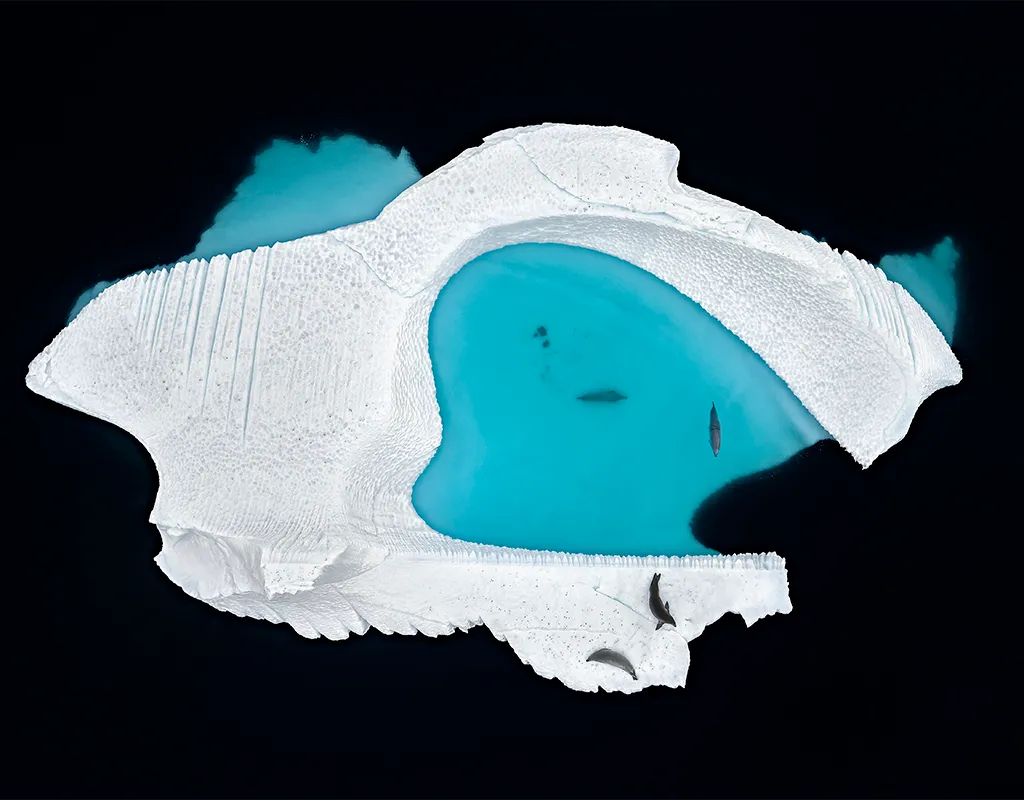
Invisible Wonders: Photographs of the Hidden World (Nation Geographic) is released 26 September 2023.







